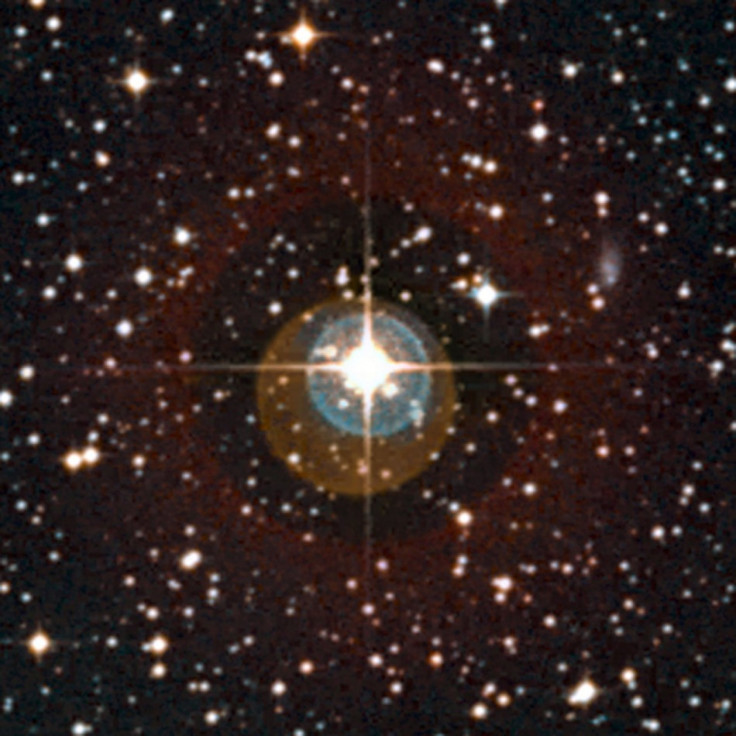Fifty New Planets Found: Hope of Earth-like Planet Resurfaces

The European astronomers have discovered 50 alien planets outside our solar system, they said in an announcement on Monday.
In the largest extrasolar planet haul, 16 Super-Earths with greater mass than earth were also found. According to ESO press release, one of the super-Earths orbits a star about 35 light-years from Earth in the constellation Vela and could support life.
HD85512b - The New Found Super -Earth
Scientists have named the newly found planet HD85512b and they believe this earth-like planet has the so-called Goldilocks zone, which refers to planets that are neither too hot nor too cold to support liquid water.
HD85512b is the second planet after Gliese581d which was discovered in 2007 outside our solar system which can potentially support life, believe scientists.
If we are really, really lucky, this planet could be a habitat comparable to Earth, said Study author Lisa Kaltenegger, an astronomer with the Max Planck Institute in Germany.
The estimated temperature of the planet ranges from 30 to 50 Celsius which makes the climate hot and humid. HD85512b is about 3.6 times the mass of Earth and is closer to its star than our planet is to sun. The newly found planet completes full orbit every 60 days, but its star is about 1,800 degrees cooler than sun.
This major discovery was done by using Accuracy Radial Velocity Planet Searcher (HARPS), also known as The Planet Hunter, at the European Southern Observatory's (ESO) location in La Silla, Chile.
After studying the properties of all the fifty HARPS planets found so far, the team of scientists concluded that about 40 percent of stars similar to the Sun have at least one planet lighter than Saturn.
The harvest of discoveries from HARPS has exceeded all expectations and includes an exceptionally rich population of super-Earths and Neptune-type planets hosted by stars very similar to our Sun. And even better - the new results show that the pace of discovery is accelerating, said Michel Mayor who led the HARPS team.
HARPS, in eight years since its beginning, has been using a radial velocity technique and has discovered more than 150 new planets.
The next big milestone should be 1,000, chief scientist of NASA's Exoplanet Exploration Program at the Jet Propulsion Laboratory in Pasadena, California Wesley Traub told SPACE.com.
© Copyright IBTimes 2024. All rights reserved.





















